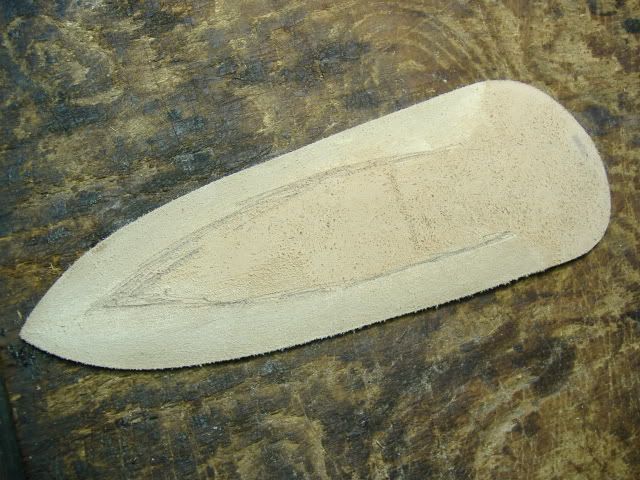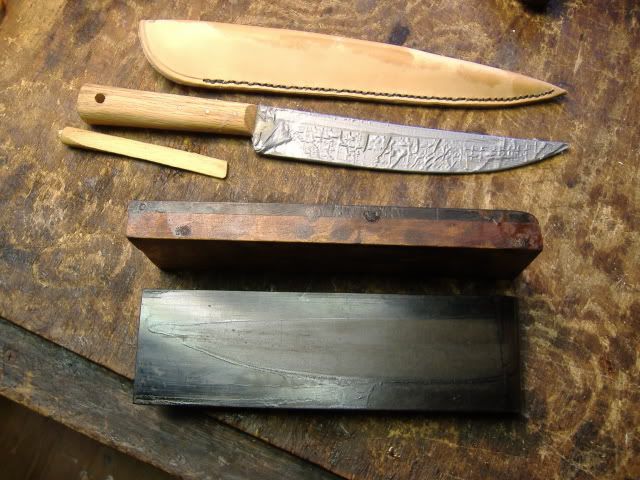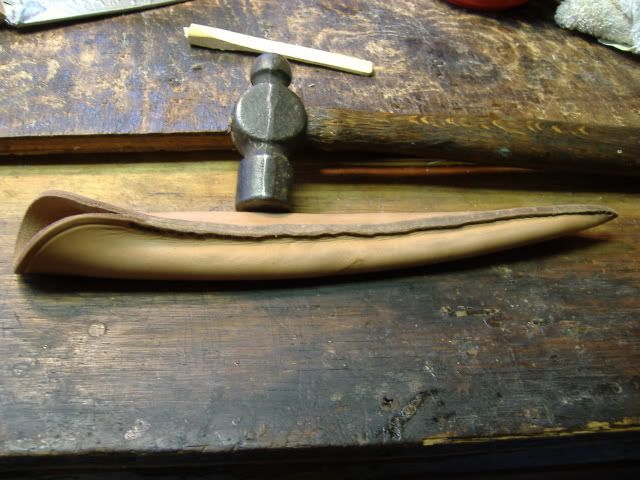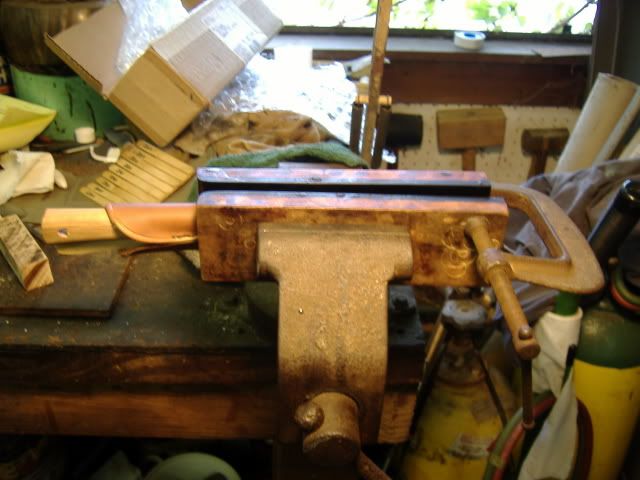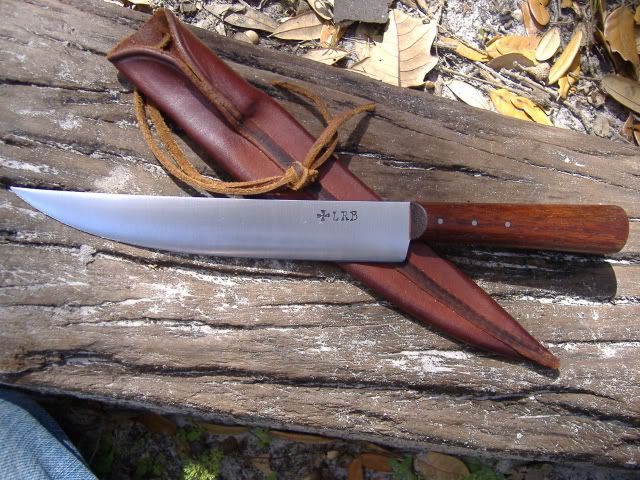Hello all,
I've been enjoying seeing all the fine work presented here. I am hoping to get information about center seam knife sheaths. I know how to make a folded sheath with a welt, Plains style tacked or riveted sheaths, modern sheaths...but can't figure out the center seams. Any help with weight of leather, how to work it, etc would be greatly appreciated. By the way, how do you keep from slicing the sheath without a welt?
Thanks in advance, Ed.
I've been enjoying seeing all the fine work presented here. I am hoping to get information about center seam knife sheaths. I know how to make a folded sheath with a welt, Plains style tacked or riveted sheaths, modern sheaths...but can't figure out the center seams. Any help with weight of leather, how to work it, etc would be greatly appreciated. By the way, how do you keep from slicing the sheath without a welt?
Thanks in advance, Ed.






